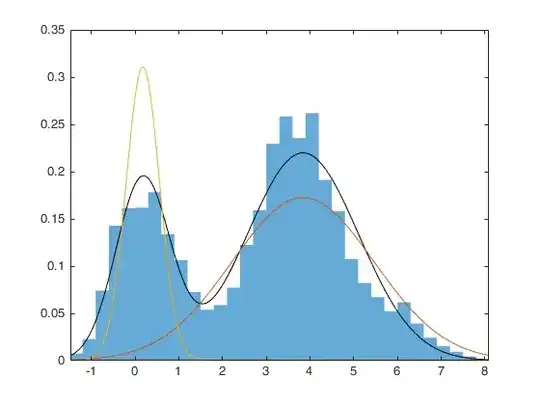I believe one more answer, specifically addressing your points as they currently stand (Revision 11) and comments is warranted.
Is Wikipedia's page on the sigmoid function incorrect?
No. In some communities, specifically Machine Learning, some (maybe even most?) people use the term "sigmoid function" in a different, more limited sense, as a synonym for the logistic function. But, not the whole community does so, Machine Learning is not the only community using the term, and Wikipedia is not an encyclopaedia of Machine Learning. It addresses a broader audience, which uses a different terminology and has been using it probably before Machine Learning has been invented.
I have never seen or heard the phrasing that the logistic function is a type of sigmoid function.
Wikipedia also doesn't use this exact wording, so you seem to be misquoting it. But, semantically, considering the logistic function just a member of the sigmoid family is not at all uncommon, not even in the ML community. See for example:
A Sigmoid function is a mathematical function which has a characteristic S-shaped curve. There are a number of common sigmoid functions, such as the logistic function, the hyperbolic tangent, and the arctangent.
Examples of such usage in other communities have been given in other answers and comments.
These functions are considered to be peers, usually in a context like:
We can use various non-linear functions in this neural network, such as the sigmoid, tanh, and ReLU activation functions.
Again, this is just ML-specific lingo and even there the situation seems not to be so clear-cut. For example, in Python's Scikit-learn (an ML library!), the neurons in a multi-layer perceptron can have identity, logistic, tanh, or relu activation functions, but not "sigmoid".
From the comments:
I work in applied ML, and I would probably be knocked down by my peers if I said that I used a sigmoid function in my neural network instead of being more specific and saying that I really used tanh.
When in Rome, do as the Romans do. But, that goes in both directions. Machine Learners, when addressing other audiences, should be specific and use "logistic function" instead of "sigmoid".
I posted this question on a ML site, purposefully to limit the scope of the audience to people in my field.
Cross Validated's scope is broader than just Machine Learning:
Cross Validated is a question and answer site for people interested in statistics, machine learning, data analysis, data mining, and data visualization.
